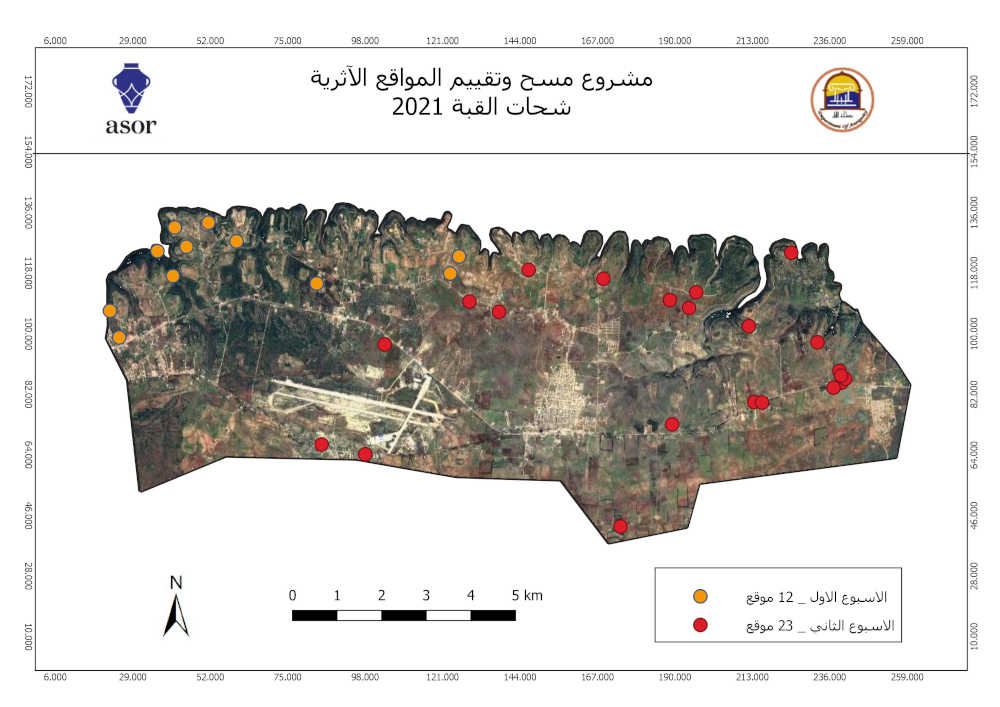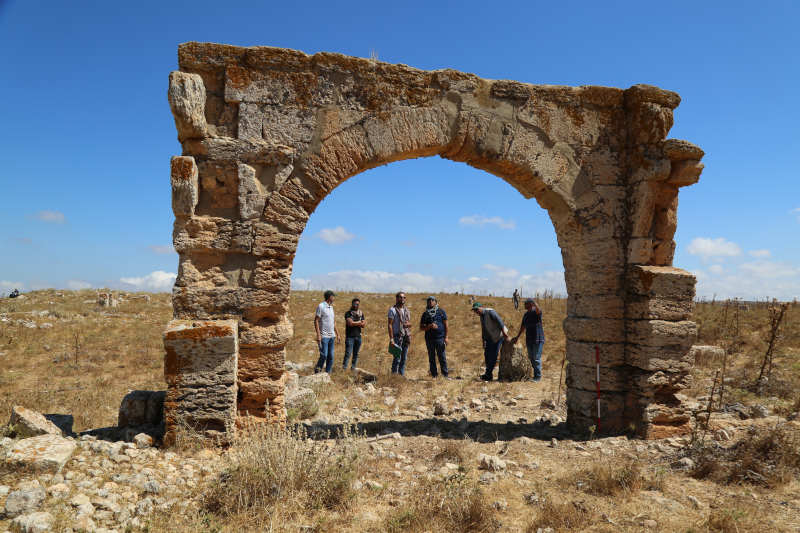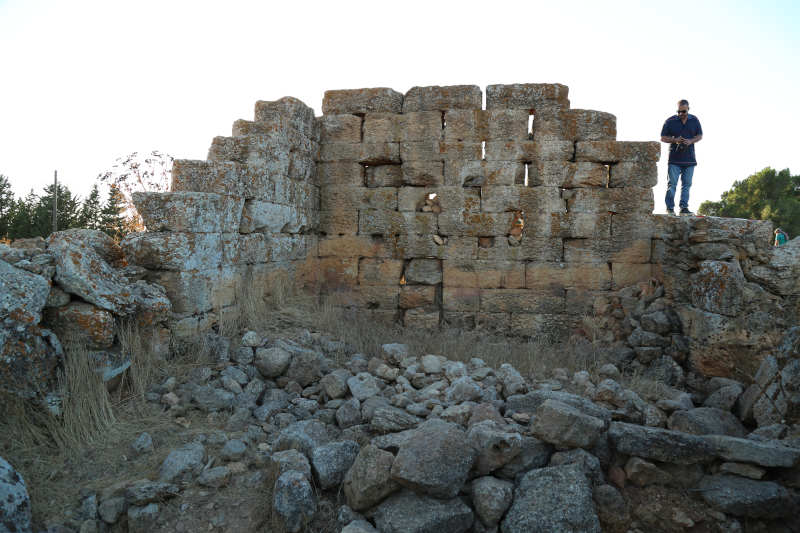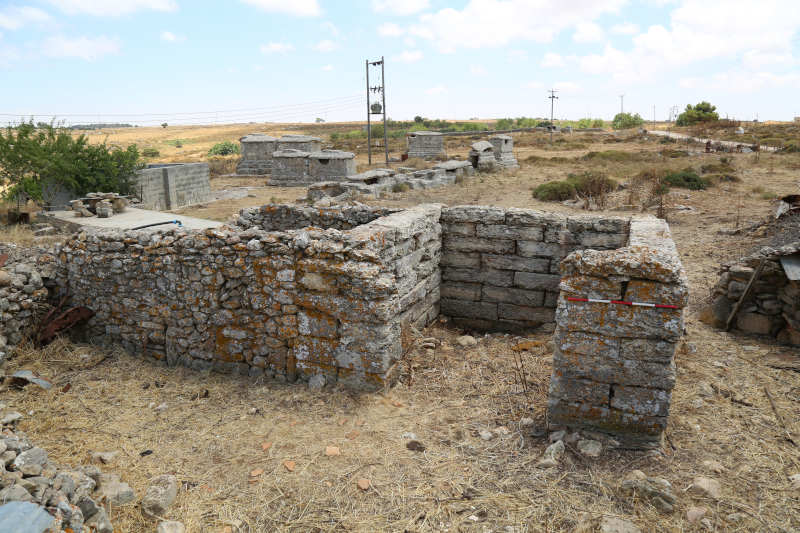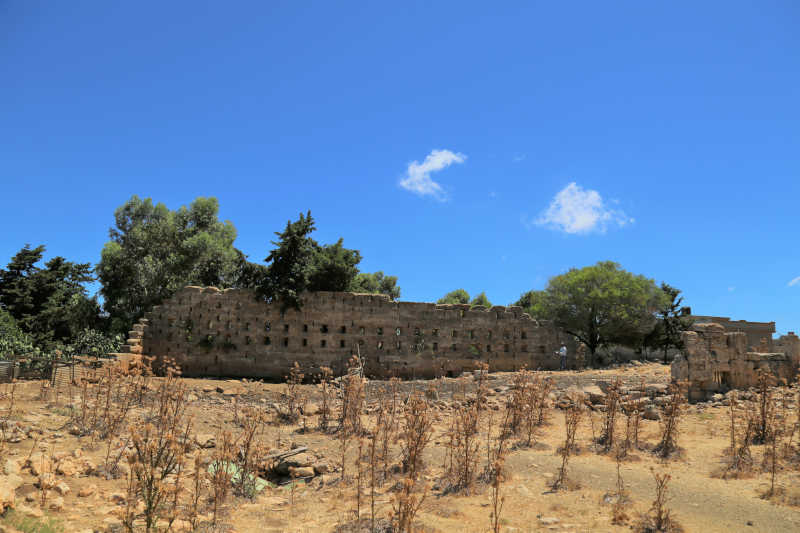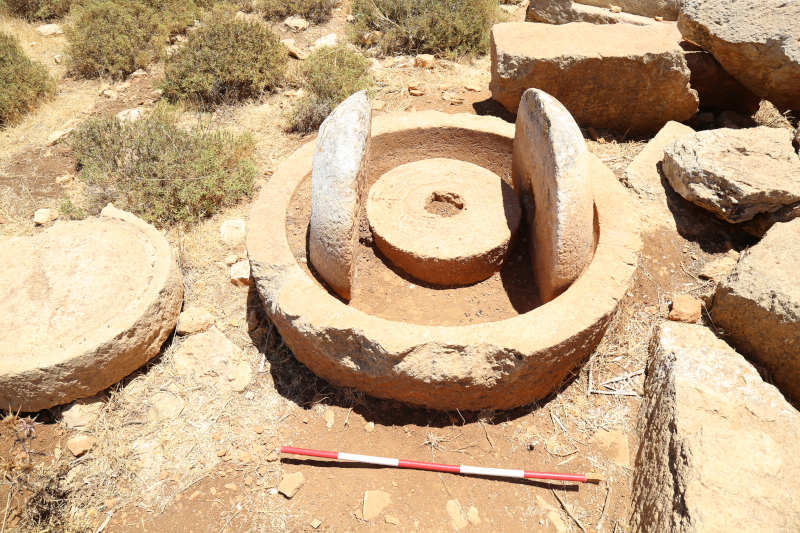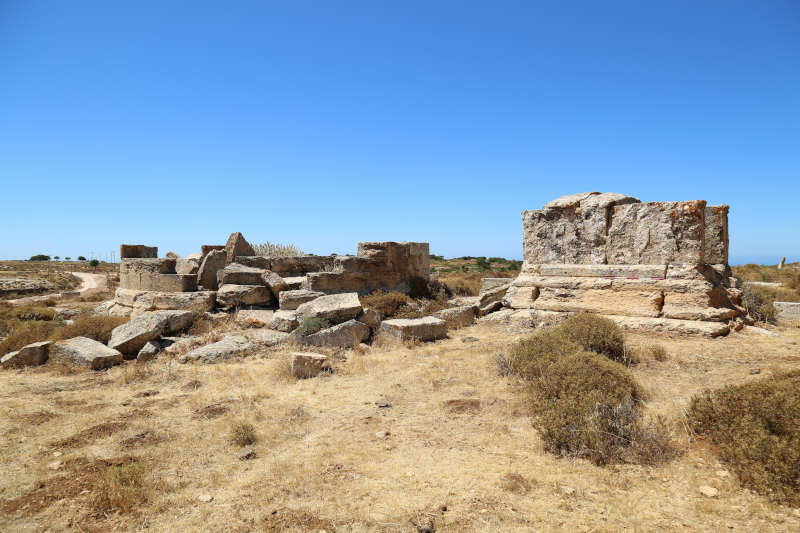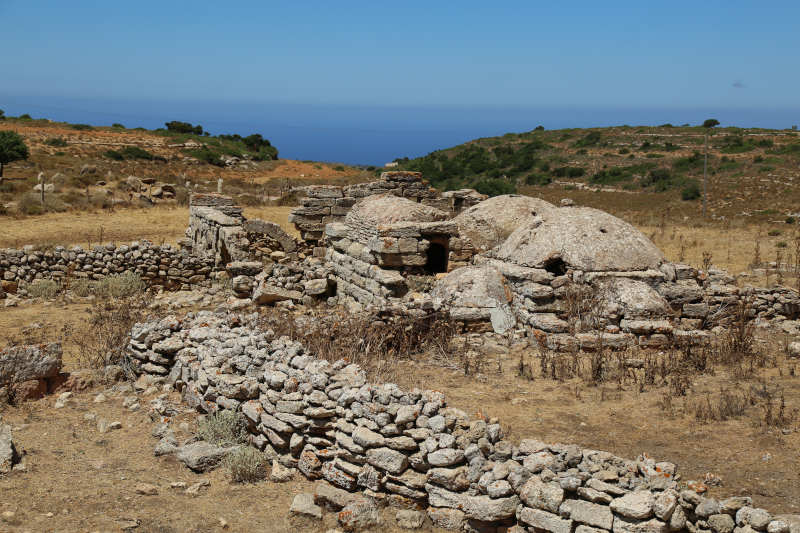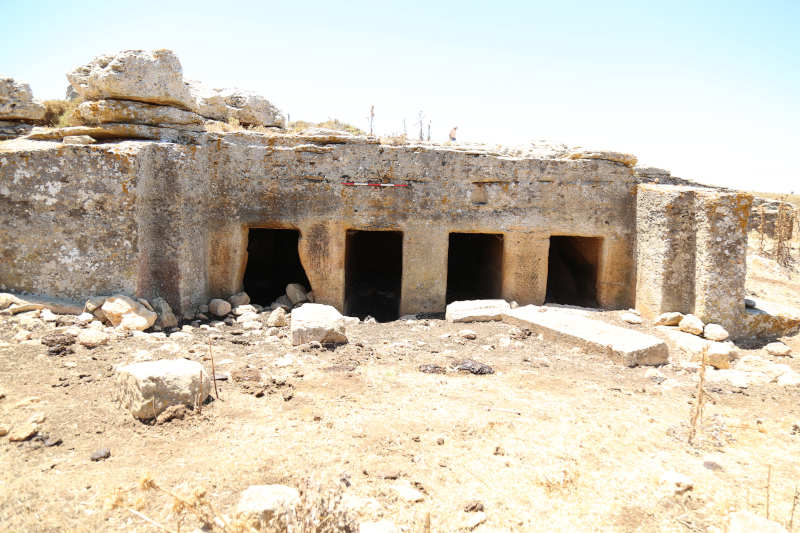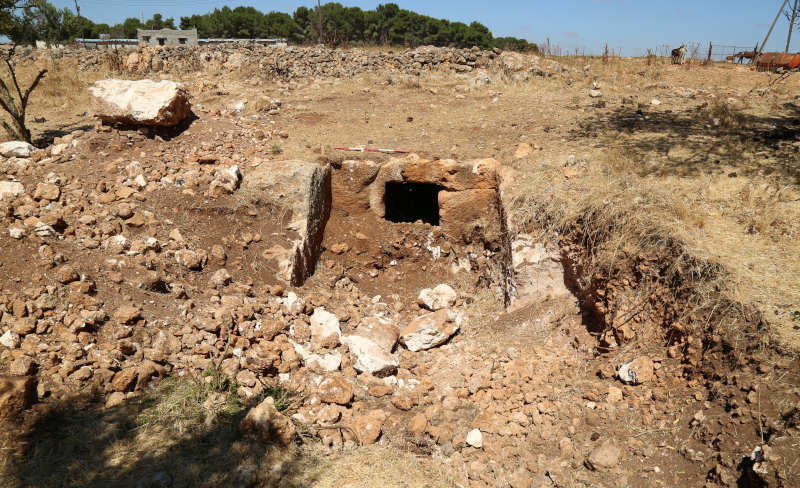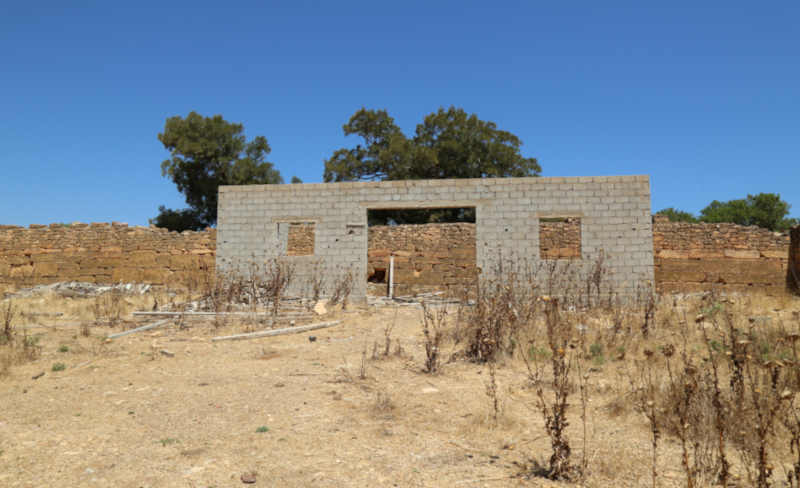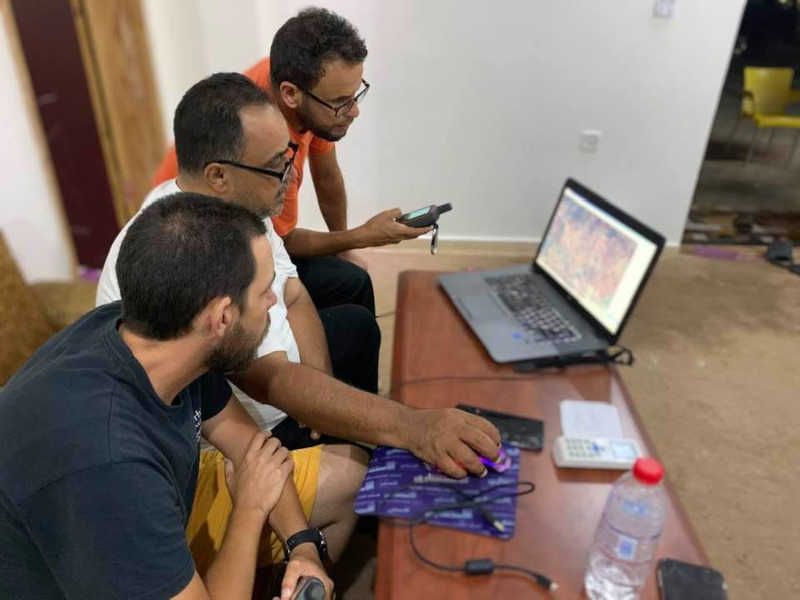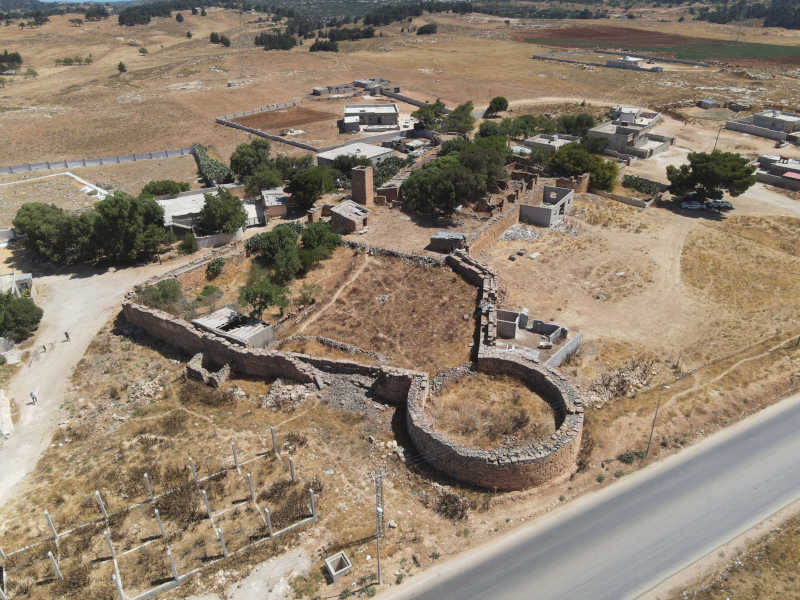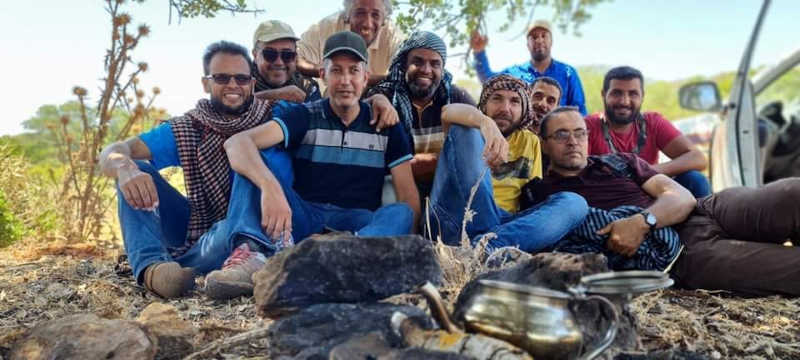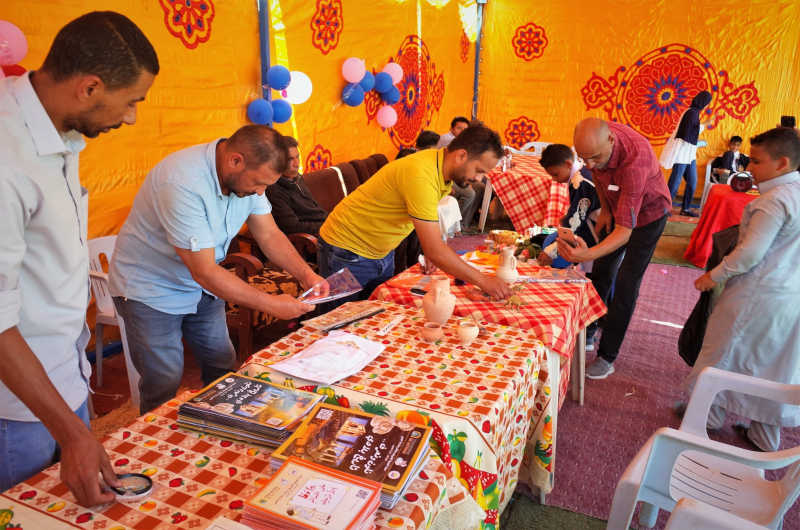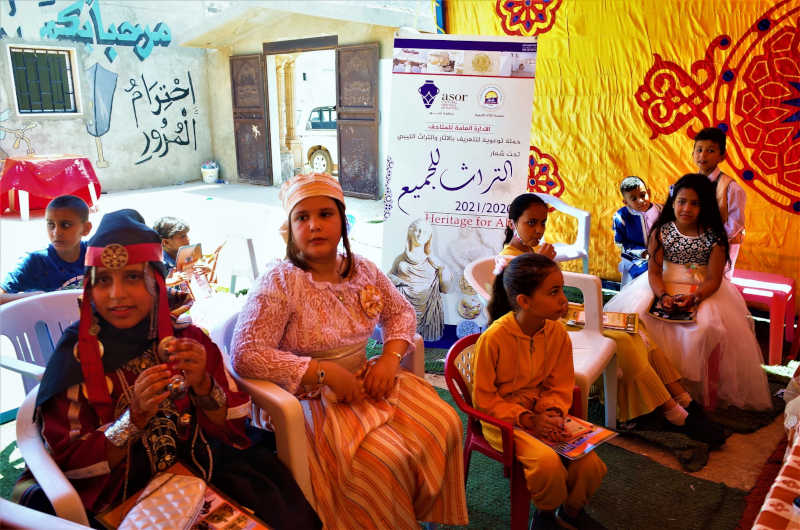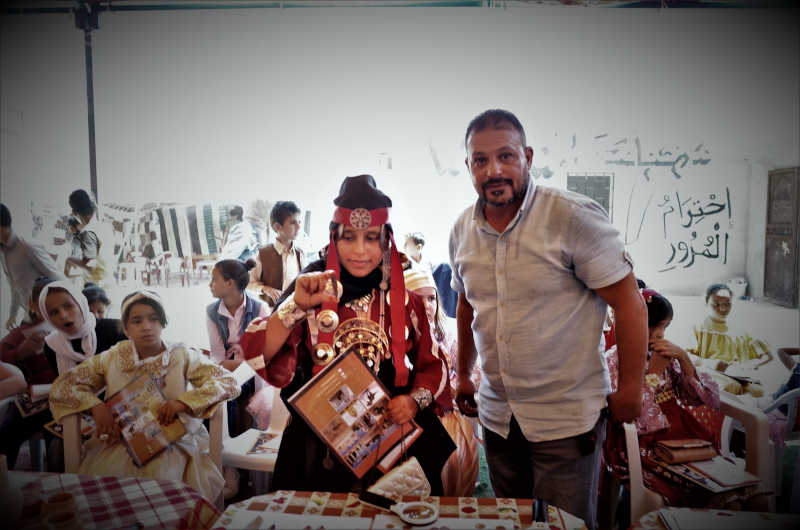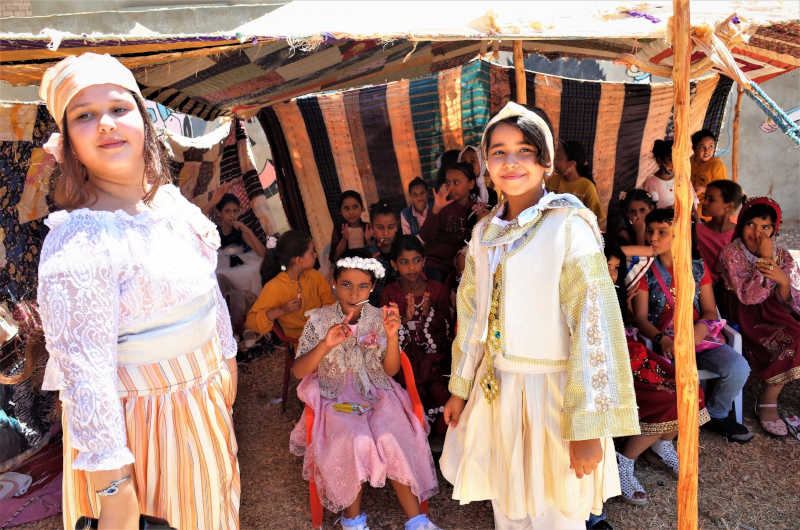



UPDATE: WEEK 2—PROTECTING THE CULTURAL HERITAGE OF CYRENE, LIBYA
By Ahmad Emrage and Susan Kane
The second week of the Cyrene-al-Qubba risk assessment project was conducted between Saturday, July 3 and Thursday, July 8.
During this period, some 23 main sites and a number of subsites were visited, documented, and assessed, some of which have never been documented previously. We primarily documented agricultural and industrial settlements associated with cemeteries of various kinds. Some sites also contained defensive buildings such as towers as well as fortified farm buildings. The oldest of these sites date back to the Hellenistic period, the later Turkish, and more recent Italian periods.
